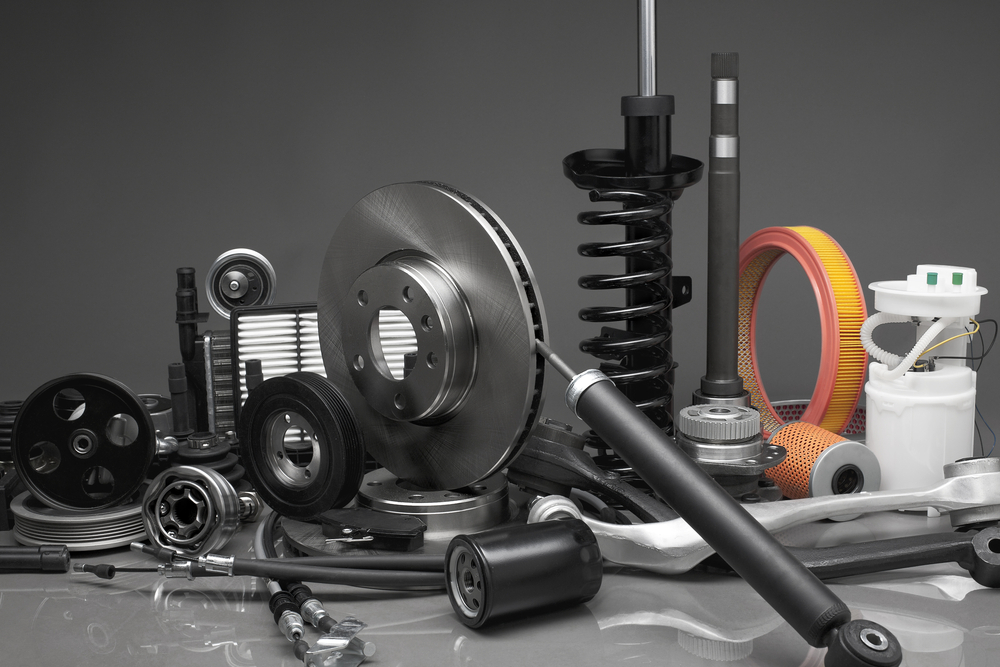Aftermarket vs OEM car parts
If you decide to take your car to a registered dealership to get some repairs done, you’ll know that you’re getting parts which fall into the Original Equipment Manufacturer or OEM category. Independent shops, however, will most likely fit your car with aftermarket parts. Like most people who aren’t experts in mechanics, you’re probably wondering what the difference is, and whether you’ll really be getting your money’s worth with either option. There are many pros and cons, as listed in this Edmunds article. Here, we’ll run through a few of them. Aftermarket parts, that is any kind of component which isn’t supplied by the car company, are generally much less expensive than the OEM option, but as with everything this can vary from brand to brand. Although the myth would have you believe otherwise, aftermarket components are not necessarily inferior to OEM parts, and can even be of superior quality! This of course varies greatly, and one of the main downsides to aftermarket parts is the sheer choice you’re given. An expert may be able to choose the best possible part in a matter of minutes, but unless you have the time for some extensive market research you may find yourself completely lost.This ties in with the main positive point of OEM parts; you ask for the part at the dealership, and you’ll be handed the part without having to consider your options. Though this may be a turn-off for some drivers, OEM also means a better chance of you getting a high-quality part, which will probably work exactly as the last one did. On the downside, OEM parts are almost always more expensive, when you may be able to get a superior aftermarket part for the exact same price.
Aftermarket parts, that is any kind of component which isn’t supplied by the car company, are generally much less expensive than the OEM option, but as with everything this can vary from brand to brand. Although the myth would have you believe otherwise, aftermarket components are not necessarily inferior to OEM parts, and can even be of superior quality! This of course varies greatly, and one of the main downsides to aftermarket parts is the sheer choice you’re given. An expert may be able to choose the best possible part in a matter of minutes, but unless you have the time for some extensive market research you may find yourself completely lost.This ties in with the main positive point of OEM parts; you ask for the part at the dealership, and you’ll be handed the part without having to consider your options. Though this may be a turn-off for some drivers, OEM also means a better chance of you getting a high-quality part, which will probably work exactly as the last one did. On the downside, OEM parts are almost always more expensive, when you may be able to get a superior aftermarket part for the exact same price.

